An experiment by a group of physicists led by University of Rochester physics professor Regina Demina has produced a significant result related to quantum entanglement—an effect that Albert Einstein called “spooky action at a distance.”
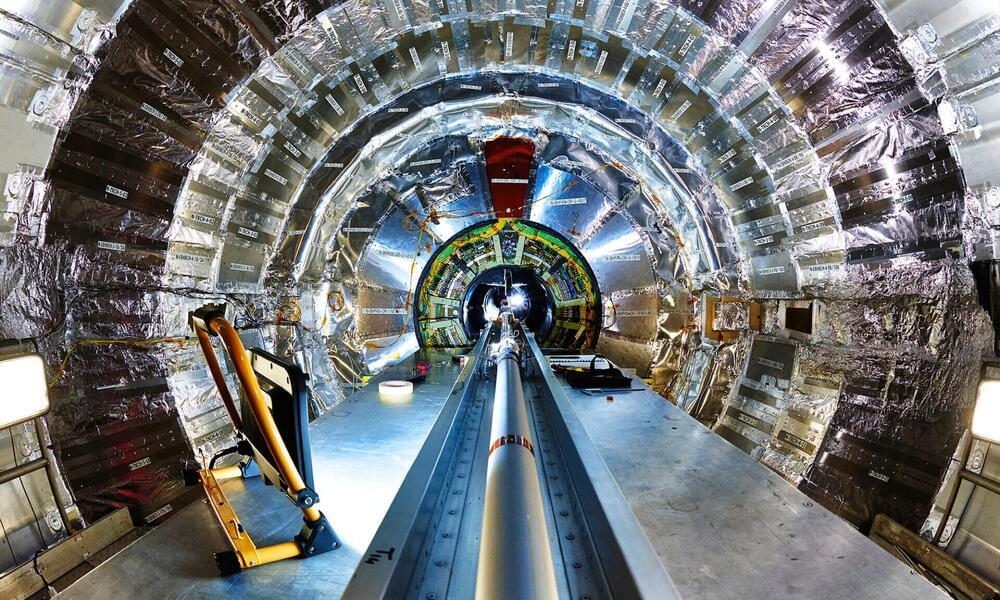

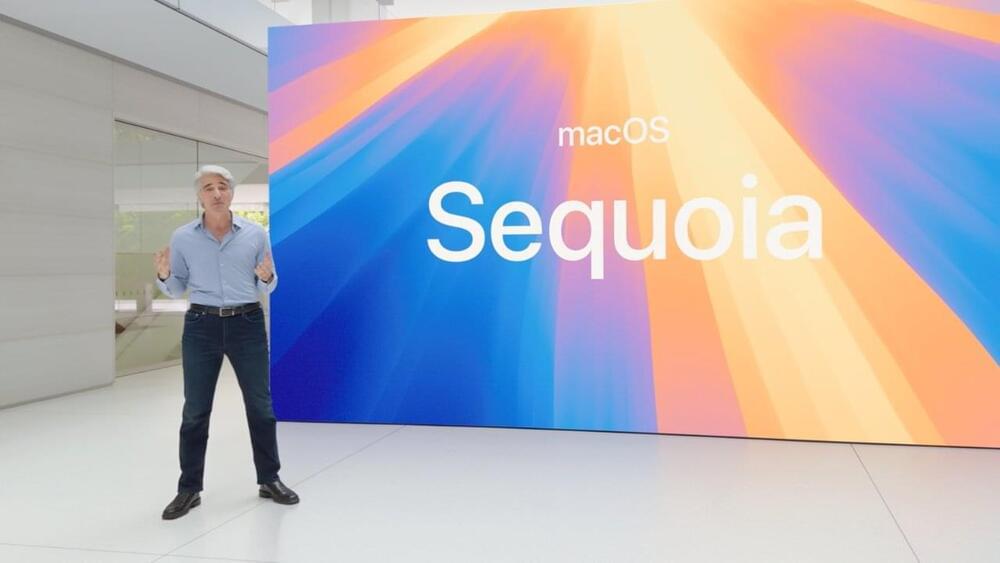
Apple’s first reveal of the new macOS Sequoia includes a way to remote control your iPhone directly from the Mac, and a new Apple Passwords app.
Announced in the WWDC 2024 keynote, macOS 15 is called macOS Sequoia, and as expected, it brings AI — or Apple Intelligence — to every platform and practically every feature.
Across macOS Sequoia and Apple’s other platforms, users can write, summarize, and proofread text almost system-wide with Writing Tools. It will be able to generate sketches, animations, or illustrations with Image Playground, which is built into apps including Messages — and has its own brand-new app too.
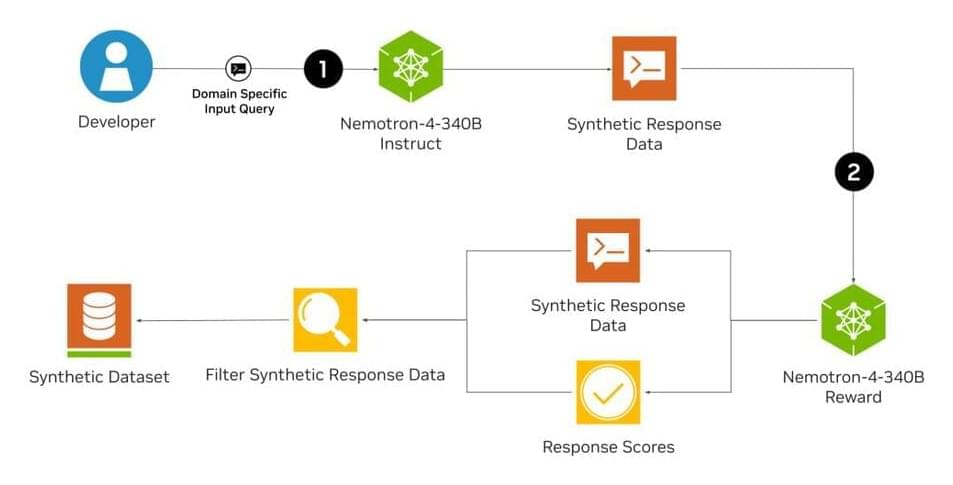
Open synthetic data generation pipeline for training LLMs.
We release the Nemotron-4 340B model family, including Nemotron-4-340B-Base, Nemotron-4-340B-Instruct, and Nemotron-4-340B-Reward. Our models are open access under the NVIDIA Open Model License Agreement, a permissive license similar to Apache 2.0. These models perform competitively to open access models on a wide range of evaluation benchmarks, and were sized to fit on a single DGX H100 with 8 GPUs when deployed in FP8 precision.
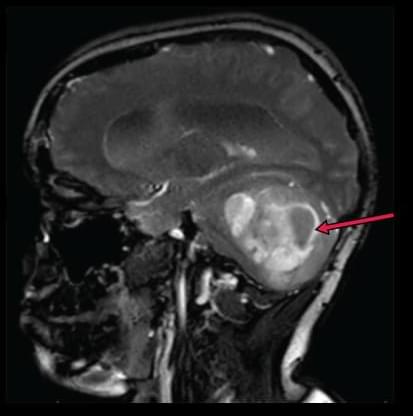
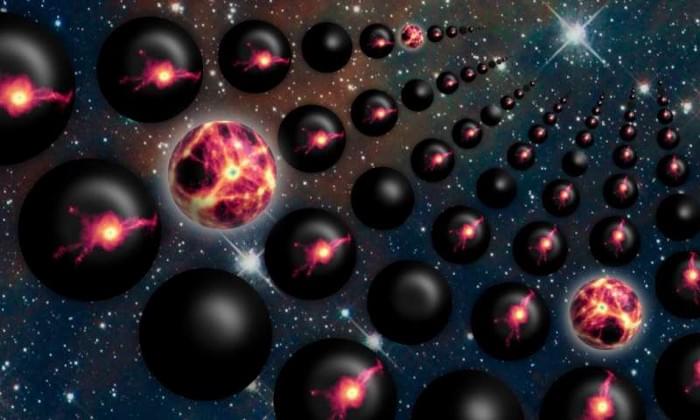

Observational astronomy shows that newly discovered young stellar objects (YSOs) in the immediate vicinity of the supermassive black hole Sagittarius A located in the center of our galaxy behave differently than expected. They describe similar orbits to already known young evolved stars and are arranged in a particular pattern around the supermassive black hole.
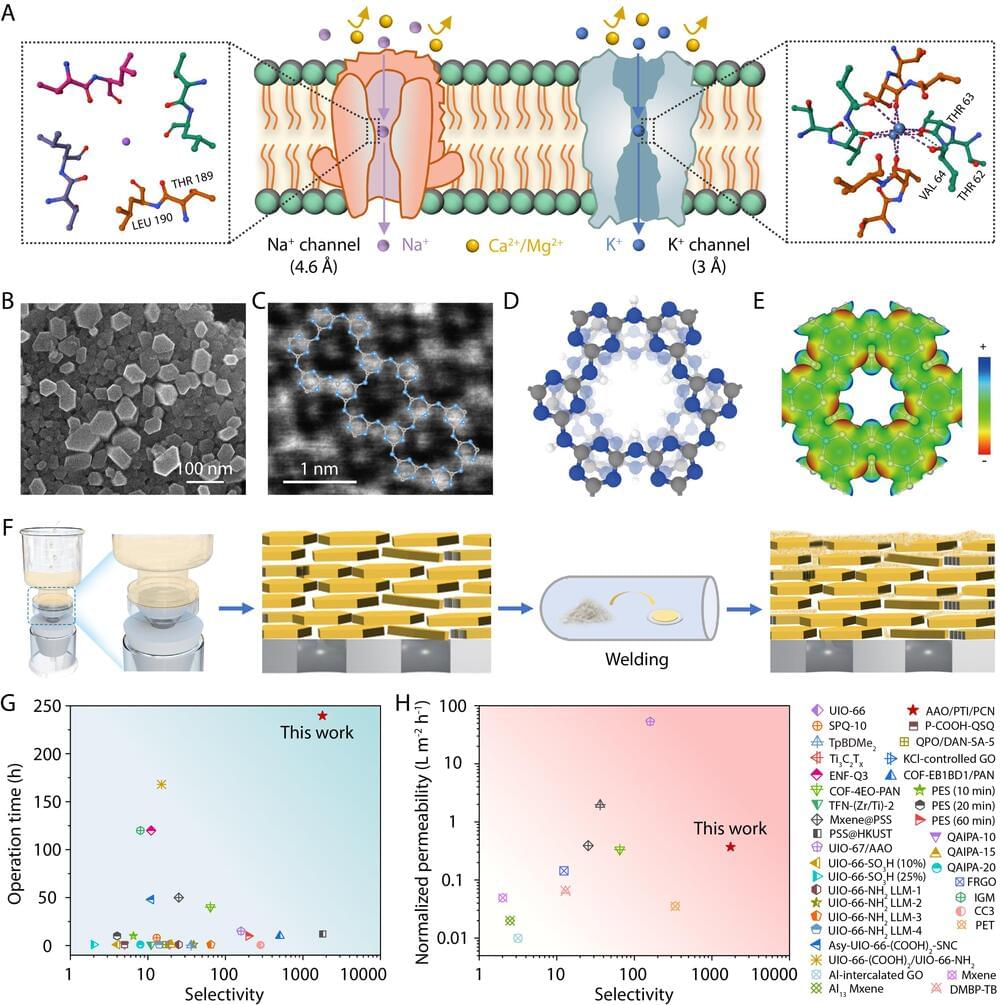
In a breakthrough for lithium recovery technologies, researchers from the Qingdao Institute of Bioenergy and Bioprocess Technology (QIBEBT) of the Chinese Academy of Sciences, together with collaborators, have developed a crystalline carbon nitride membrane that could transform the lithium extraction industry.
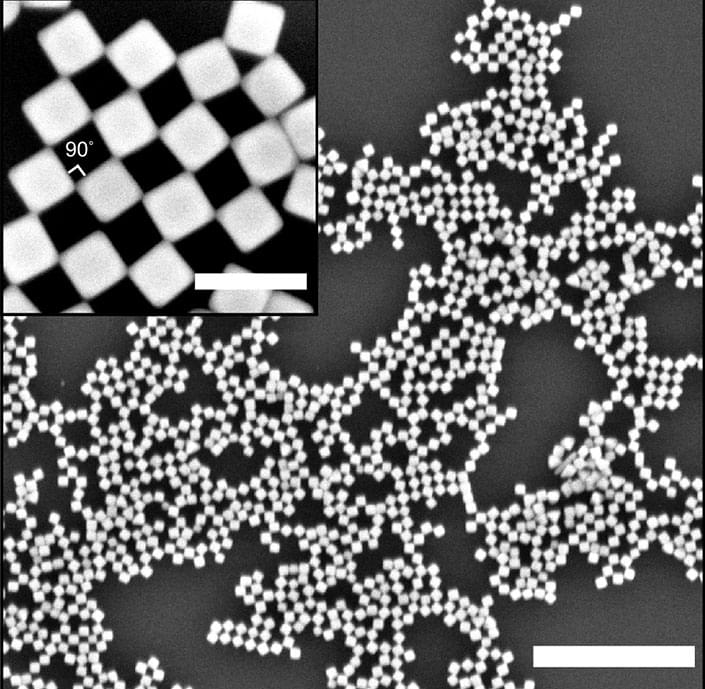
Researchers have engineered nanosized cubes that spontaneously form a two-dimensional checkerboard pattern when dropped on the surface of water. The work, published in Nature Communications (“Self-assembly of nanocrystal checkerboard patterns via non-specific interactions”), presents a simple approach to create complex nanostructures through a technique called self-assembly.
“It’s a cool way to get materials to build themselves,” said study co-senior author Andrea Tao, a professor in the Aiiso Yufeng Li Family Department of Chemical and Nano Engineering at the University of California San Diego. “You don’t have to go into a nanofabrication lab and do all these complex and precise manipulations.”
Each nanocube is composed of a silver crystal with a mixture of hydrophobic (oily) and hydrophilic (water-loving) molecules attached to the surface. When a suspension of these nanocubes is introduced to a water surface, they arrange themselves such that they touch at their corner edges. This arrangement creates an alternating pattern of solid cubes and empty spaces, resulting in a checkerboard pattern.
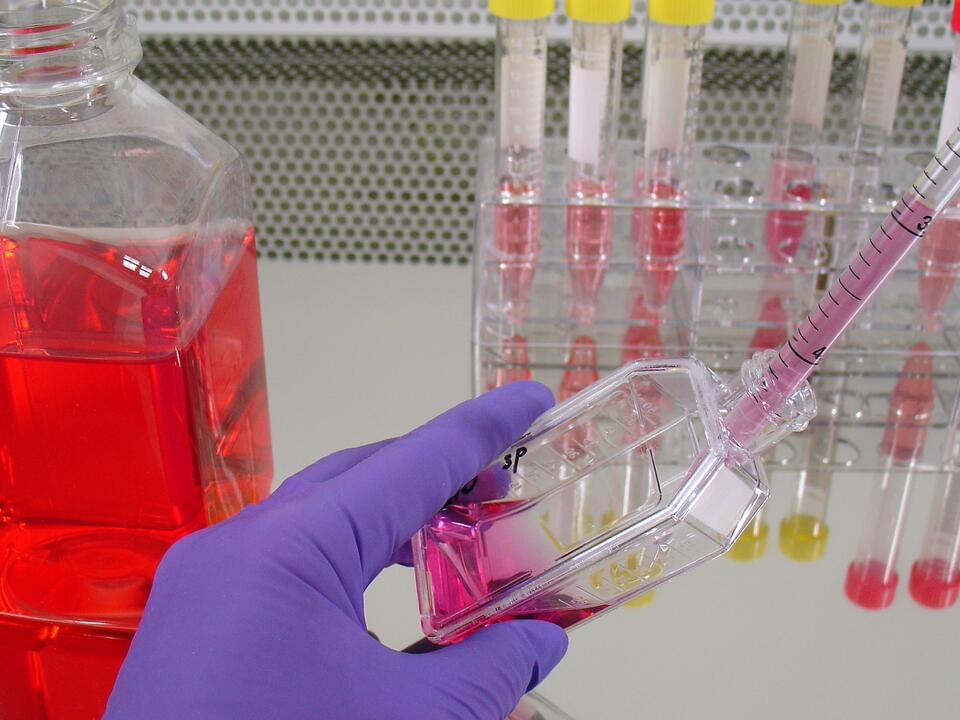

Are points of infinite curvature, where general relativity breaks down, always hidden inside black holes? An audacious attempt to find out is shedding light on the mystery of quantum gravity.